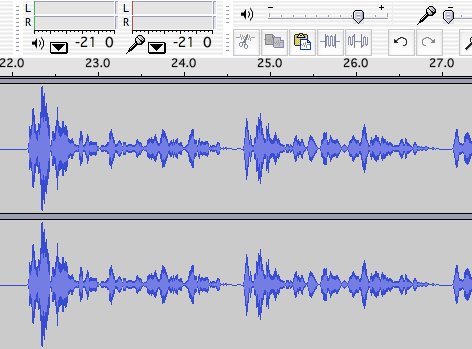The chickens pose for a picture shortly after moving into their new house, before they had a chance to dirty it up.
The chickens moved into their new house today. They’re now 12 days old. They’ve spent the last week living in a box upstairs in my unfinished house, where they got in the way of all the work that was going on this week. Now that they’re older and the weather is a bit warmer, I’ve moved them into their new chicken house. They still have their heat lamp for cold nights.
My brother built the chicken house. We considered a number of designs for backyard chickenhouses, but we liked the house-on-stilts design the best. It affords some extra protection from predators and easier access for human caretakers. There’s a screen around the bottom, and a door in the floor of the chicken house. There will be ramp stairs between the two levels soon.
I’m still thinking about security from predators. I may put a run of electric-fence wire around the base of the chicken house and have a timer turn it on from dusk until dawn.
The plywood panel in the front is temporary, covering the spot where the nests will be. The nests will extend out from the front of the chicken house, with egg-robbing doors on the outside.



